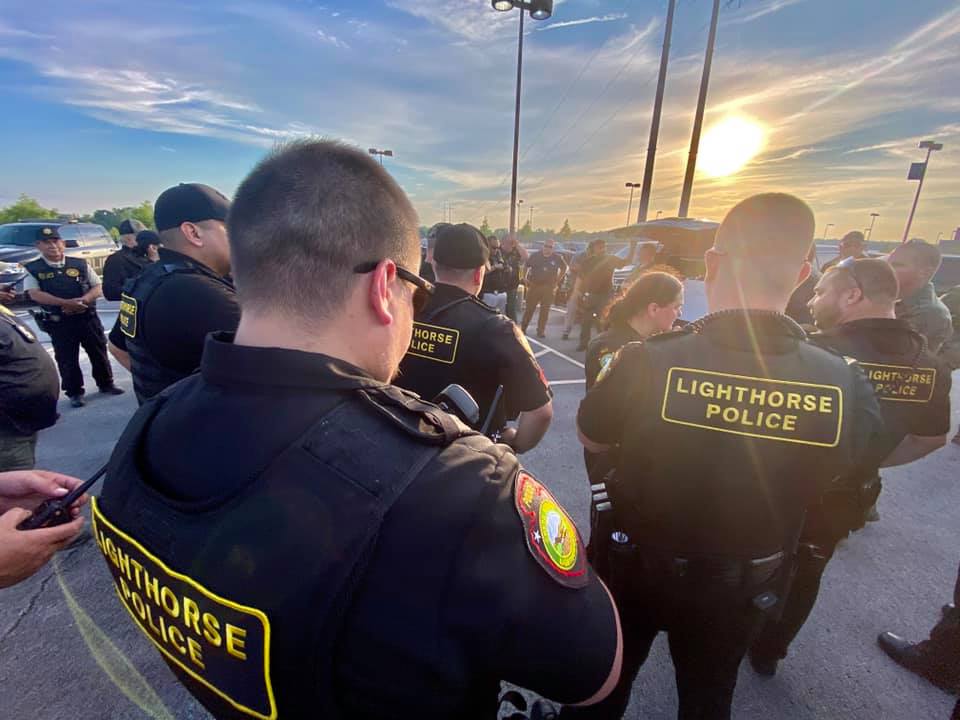Criminal Justice Issues in Indian Country
There are no systematic empirical studies of the effectiveness of state criminal
justice under Public Law 280. We know very little about how county prosecutors are
conducting investigations and exercising their discretion in Indian country cases, or how
judges and juries are responding to those cases.
We know equally little about public
defender, probation, and parole services available to tribal communities affected by
Public Law 280. Some significant empirical research has been undertaken on state
criminal jurisdiction over offenses allegedly committed by Indians outside of Indian
country in South Dakota.80 That research raises troubling questions about possible bias
32
77 Id. at ch. 2.
78 Executive Committee, supra note 17, at 17 (indicating that approximately half of those trained leave
within the two-year period).
79 “To Protect and Serve,
” supra note 42, at ch. 2.
80 Richard Braunstein & Steve Feimer, “South Dakota Criminal Justice: A Study of Racial Disparities,” 48
S.D. L. Rev. 171 (2003).
This document is a research report submitted to the U.S. Department of Justice. This report has not
been published by the Department. Opinions or points of view expressed are those of the author(s)
and do not necessarily reflect the official position or policies of the U.S. Department of Justice.
against Indians within that state’s criminal justice system, although careful analysis
suggests that other factors, many of them associated with being Indian, may do a better
job of explaining outcomes such as sentence length and time served.81 Whether this
research can be transposed to criminal justice affecting on-reservation crime in a Public
Law 280 state, and whether it can be transposed to other states at all, is unclear.
A somewhat more extensive literature addresses criminal justice issues in nonPublic Law 280 states.
There, federal jurisdiction is extensive, encompassing all offenses
except misdemeanors committed by one Indian against another, felonies and
misdemeanors committed by one non-Indian against another, and victimless crimes
committed by non-Indians.82 Concurrent tribal criminal jurisdiction exists over all
offenses committed by Indians, although punishment limitations imposed by the Indian
Civil Rights Act make it impractical for Indian nations to prosecute many serious
felonies.83
In non-Public Law 280 states, the critique of federal criminal justice parallels the
critique of Indian country law enforcement. Lack of accountability to tribal communities
and inadequate resources are the common themes. Several articles focus on the physical
distance prosecutors are located from reservation communities, as well as their inability
to understand and internalize the values of the community that they theoretically
protect.84 According to several commentators, the accountability problem for prosecutors
appears most often as under-enforcement of the law – failure to prosecute cases arising in
tribal communities.85 The problem of insufficient resources for Indian country criminal
justice is highlighted by Kevin Washburn, who notes that the U.S. Department of Justice
33
81 Richard Braunstein & Amy Schweinle, “Explaining Race Disparities in South Dakota Sentencing and
Incarceration,” 50 S.D. L. Rev. 485 (2005).
82 See William C. Canby, Jr., American Indian Law in a Nutshell 181 (4th ed. Thomson/West 2004).
83 Id. at 171-172.
84 E.g., Kevin Washburn, “American Indians, Crime, and the Law,” 104 Mich. L. Rev. 709 (2006);
Christopher B. Chaney, “
Victim Rights In Indian Country—An Assistant United States Attorney
Perspective,” 51 U.S. Att’ys’ Bull. 1, 36 (Jan. 2003); Larry Echohawk, “Child Sexual Abuse in Indian
Country: Is the Guardian Keeping in Mind the Seventh Generation?,” 5 NYU J. Legis. & Pub. Pol’y 83, 99
(2001-2002).
85 See, e.g., Amy Radon, Note, “Tribal Jurisdiction and Domestic Violence: The Need for Non-Indian
Accountability on the Reservation,” 37 U. Mich. J. L. Reform 1275, 1278 (2004); Peter Nicolas,
“American-Style Justice in No Man’s Land,” 36 Ga. L. Rev. 895, 963 (2002) (stating that “U.S. Attorneys,
unlike state prosecutors, typically decline to prosecute in a far greater percentage of cases . . . [resulting] in
the under-enforcement of criminal laws in Indian country”); Echohawk, supra note 84, at 100-01; Larry
Cunningham, Note, “Deputization of Indian Prosecutors: Protecting Indian Interests in Federal Court,” 88
Geo. L. J. 2187, 2188 (2000).
This document is a research report submitted to the U.S. Department of Justice. This report has not
been published by the Department. Opinions or points of view expressed are those of the author(s)
and do not necessarily reflect the official position or policies of the U.S. Department of Justice.
has recently responded to this long-standing criticism by creating nearly 30 new positions
for federal prosecutors to combat violent crime in Indian country.
86
Extrapolating from the experience in non-Public Law 280 states, we hypothesize
that state criminal justice for Indian country will be more effective and more favorably
received by tribal communities insofar as mechanisms exist for consultation and
coordination with those communities, and insofar as state and local resources are devoted
to criminal prosecutions that match tribal communities’ priorities. Examples of
cooperation and respect for tribal priorities might include agreements for coordinating
prosecution where concurrent criminal jurisdiction exists, and assignment of special
prosecutorial strike forces to deal with particular types of offenses, such as drugs or child
sexual abuse, that the community wants to see addressed.


